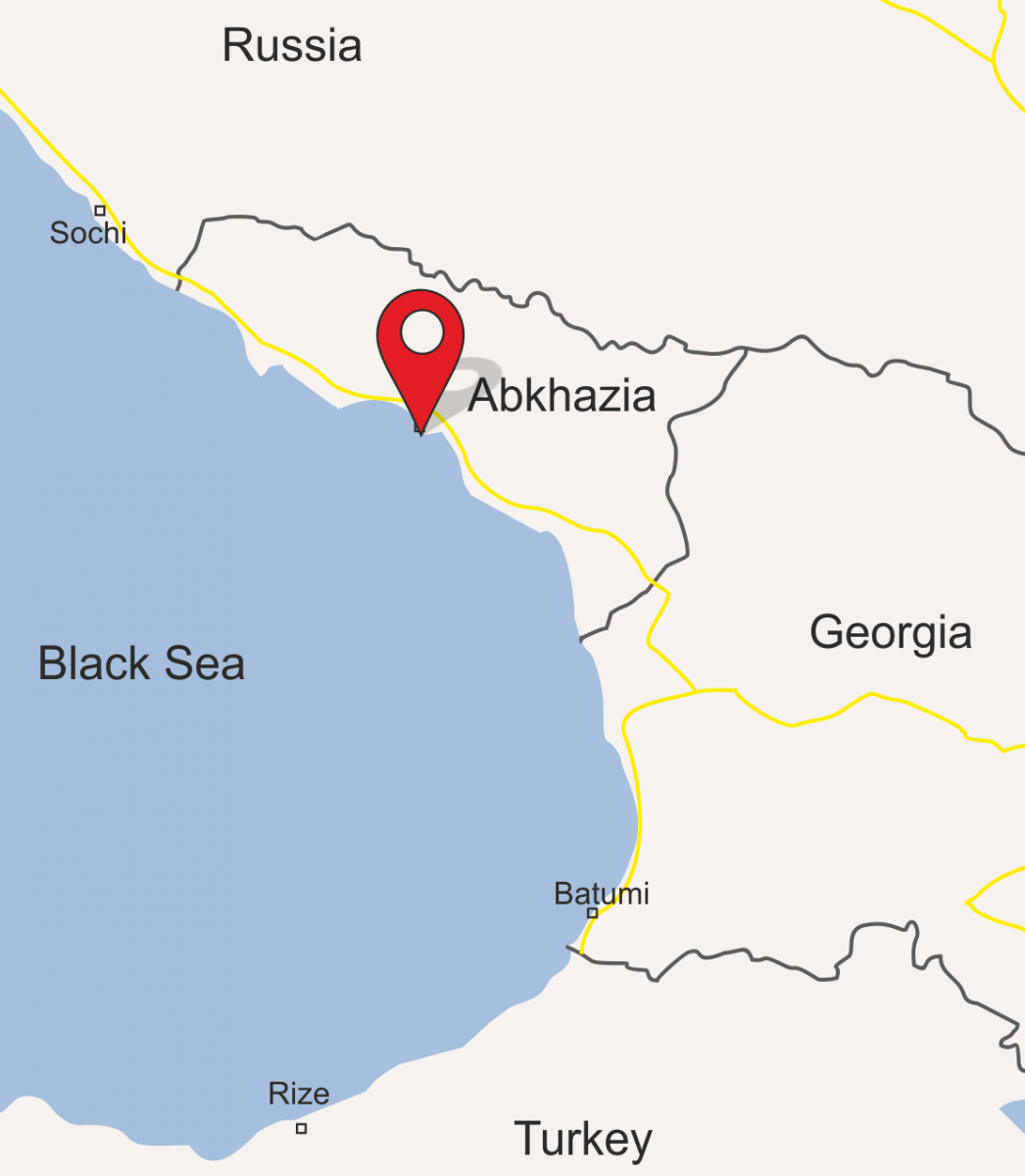News
Energy Costs Prompt Europe To Reconsider Oil, Gas Opposition Europe’s Green Dreams Buckle Under the Weight of Its Power BillsSoaring Energy Costs Push Europe Back Into Oil and Gas’s ArmsEurope’s Transition Stalls as Voters Rebel Against Sky-High Electricity Prices The Most Boring Oil Month in Years Sets the Stage for a High-Stakes December When Germany earlier this year approved an offshore gas drilling project, it raised a lot of eyebrows. An energy transition champion, a record breaker in wind and solar installations, now Germany…
Pro?West Iraqi Prime Minister Mohammed Shia’ al?Sudani performed strongly in the 11 November parliamentary elections – the seventh since Saddam Hussein’s fall in 2003. With turnout around 56%, Sudani’s Reconstruction and Development Coalition emerged as the largest faction, winning 1.3 million votes out of nearly 11 million cast, beating the pro-Iran State of Law Alliance by 370,000. However, Sudani’s faction still only received 15% of the seats in parliament, totalling 46 out of 329. On the other hand, pro-Iran…
A Texas oil firm is fighting an uphill battle with the state of California to restart crude oil production and sales from three platforms in federal waters offshore Santa Barbara. Houston-based Sable Offshore Corp, led by industry veteran James Flores, is embroiled in contentious legal battles with California’s agencies and attorney general over a project to restore and re-launch a pipeline from the offshore fields to the coast. Faced with California’s opposition and lawsuits, Sable is proposing an alternative plan to ship oil via shuttle…
In a recent article, a professor at the Naval Academy argues that “Trump can leverage the Arctic to end the Ukraine war.” It’s clear that Trump was excited by the possibilities the article raised in ending the war. Written by Lyle J. Goldstein, a research professor at the China Maritime Studies Institute (CMSI) at the US Naval War College. The author makes the case that the key to ending the war lies in the Arctic. Goldstein argues that Trump’s announced plan to end the war swiftly “seemed increasingly out of…
For decades, Nigeria’s oil industry has faced a multitude of challenges. Despite having vast quantities of crude, the mismanagement of revenue, weak agreements with international oil companies, an underinvestment in infrastructure, and widespread oil theft have left many opposed to the ongoing production of crude. Now, Nigeria has high hopes for its renewable energy sector, as it looks to diversify its energy sources and boost energy security over the coming years. Oil theft has long been a problem in Nigeria, affecting both the financial…

